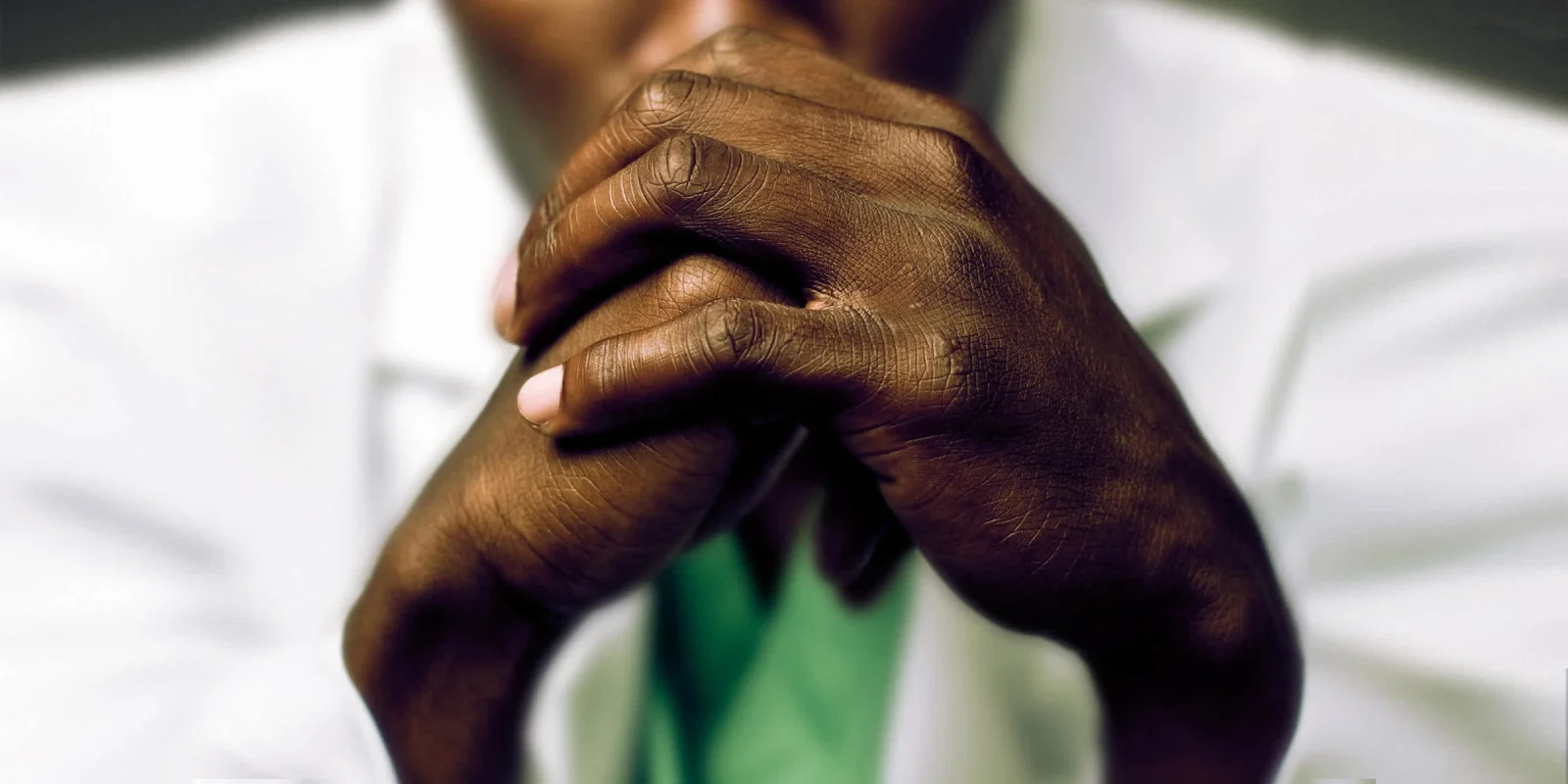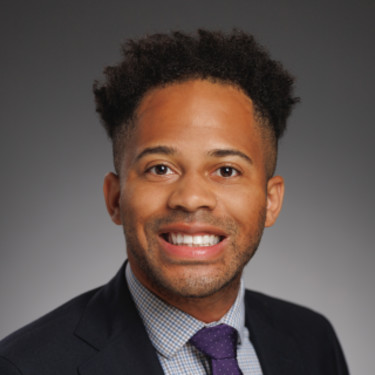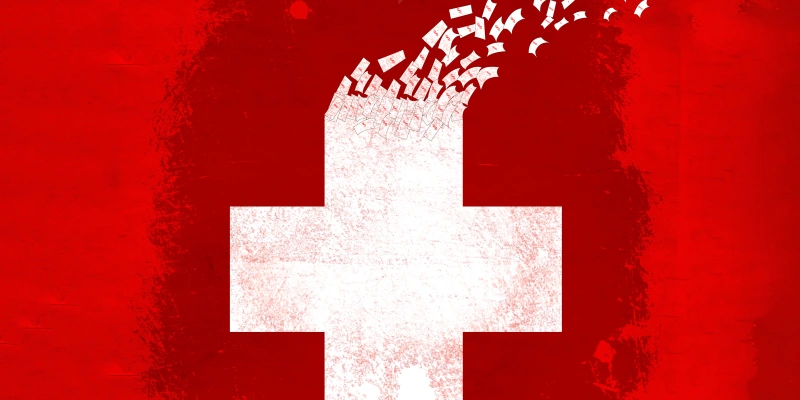It’s a normal Saturday evening as a member of the craniofacial trauma team. As the pages trickle in, we scurry off to our patients, their injury mechanisms commonplace: falls, car accidents, assaults. As the night is wrapping up, we receive a page about an injury mechanism that has unfortunately become similarly routine.
“18-year-old woman, gunshot wound,” my junior resident reads off.
“Glascow Coma Scale is 15, doesn’t sound like any other injuries.”
We make the familiar trek down to the ED and prepare to see the results of this gunshot wound (GSW) injury. As we enter the room, we’re greeted by the patient, a polite young woman. After we introduce ourselves, she dives into her story.
“I was just leaving my boyfriend’s house; a bullet flew through the window while I was driving,” she slurs. The right side of her face is paralyzed from the injury.
We finish examining her, review her imaging and findings with her, and lay out the treatment plan. Throughout this, I remain neutral and composed, focused on the plan more than the horror of the patient’s situation.
As I log out of the computer, I take one last look at the CT scan. Gazing at the image, I’m struck by the chance involved in the patient’s injury and all of the alternative realities. What if she had left 30 seconds later? What if the bullet had struck her head 2mm higher? One small ricochet, one small change in firing angle. In these ballistics injuries, millimeters often mean the difference between movement and paralysis, between life and death.
Several weeks pass, and it’s another normal Saturday night. My wife and I make the walk back to our car, one block away from the restaurant where we’ve just finished having dinner with friends. We pass by our favorite theater, where throngs of moviegoers flood the streets, debriefing on the latest prestige movie that I saw two days prior.
“When do you think you’ll watch the movie?” I ask my wife. The film was a source of conversation at dinner, and I spent a significant portion trying to convince everyone to watch.
“I’ll probably wait until it comes out on stream—,” she starts to answer, though she’s interrupted by shouts across the street.
Our conversation comes to a halt as we quietly pass by a group of people across the street from our car in the midst of a heated altercation. Two members of the group seem particularly heated, while other members slowly walk toward their respective cars.
We arrive at our car and unlock the doors.
“Well, that was crazy,” I say, breaking the silence and buckling my seatbelt.
All of a sudden I hear a crash and a series of bangs. I freeze, slowly processing what is happening.
“Marc, DRIVE,” my wife yells.
The realization that these are gunshots comes to me right as I see the moviegoers sprinting by, ducking and seeking cover from the popping noise. I slump down in my seat and put the car in drive as we hear the pops increase in number. 10, 20, 30.
We start driving away and immediately the two fighting parties pull up behind us. We drive down the one-way street as the two cars chase each other, holding our breath as we wait for somewhere to turn off.
We make our way home in a stunned silence and I check my rearview mirror every few seconds, recounting the events. I mentally catalogue all the factors I have been implicitly taught could have contributed to being in this situation. Were we in a bad area? Was I out too late? Or was I just in the wrong place at the wrong time, simply a victim of chance?
In the weeks after this incident, I was rattled in a way I’d never been when I’d encountered a GSW victim in the ED. GSWs are fairly common in the trauma bay, and dealing with them has become relatively routine in my training. Traditionally, as with the 18-year-old patient above, I’d approached them by being emotionally distant; it’s what’s required to engage with the sadness that often happens in the hospital day in and day out. As a clinician, I’m trained to walk a tightrope between detachment and over-engagement — I know that getting too close emotionally can have consequences for all involved. That said, life sometimes has other plans. When I narrowly escaped the stray gunfire, I was suddenly face to face with the issue. And it showed me that maybe being distant wasn’t the only approach.
In medicine, a crucial lesson we learn early on is the importance of control: how to take charge of a situation, how to emit authority. We often are tasked with walking into a chaotic scene and finding order. Leading a multidisciplinary team during a code or a trauma resuscitation, say, or coordinating a group of people in the removal of a cancer (which is really just the ultimate manifestation of bodily disorder). To be a physician is, in part, to be in the business of attempting to order the disordered.
But ballistic injury is inherently chaotic. As with the above patient, there can be no warning before a shot catches you. And when we clinicians go out in the world, we are just as vulnerable to stray gunfire as are our patients. In other words, the barrier between clinician and patient can break down at any point in time.
Fortunately, I have yet to grapple with the difficulty of going from the caregiver to the cared for. But because of my experience I am more aware than ever that that transition is possible and can be instantaneous. When it comes to trauma, you can be equipped with all the incidence facts and figures, all of the heat maps of where you should and shouldn’t go — but we’re all in some sense subject to chance.
I’m still learning how this newfound awareness has changed the way I approach patients that have been shot. Since my personal encounter, I’ve found myself asking about the emotional ramifications of trauma a little more frequently than previously. Telling patients that it’s OK to need to talk, and debriefing about their experience. Fortunately our hospital has a robust trauma psychology and survivorship infrastructure, services I previously waited for patients to ask for but now have made a habit of informing everyone about.
In medicine, we become proficient clinicians through repetition — letting things turn routine. However, one of the dangers of routinization is that it can breed complacency, dull compassion, and make something extraordinary seem banal. In the case of GSWs, knowing how to treat them can make it easy to forget the human element, i.e., that I’m often seeing patients on the worst day of their life. It took experiencing a close call with GSWs myself for the banal to become extraordinary again. Though I wouldn’t wish my experience on anyone, I’m grateful for what it’s reminded me: that each patient encounter is unique, no matter how familiar the script may be. And we may all become patients ourselves someday too.
Have you ever experienced a medical or trauma-related close call? Share in the comments.
Marc Drake is a fifth-year resident in the Department of Otolaryngology and Communication Sciences at the Medical College of Wisconsin. His clinical interests include facial reconstruction, violence prevention, and the interplay between urban design and health care. Dr. Drake is a 2024–2025 Doximity Op-Med Fellow.
Image by Getty Images







